| |
|
|
Botanical Name |
: |
Acorus calamus Linn. |
English
Name |
: |
Sweetflag, Calamus, Grass myrtle, Myrtleflag, Rat root, Sweet grass, Sweet myrtle, Sweet rush and Cinnamon Sedge |
Synonym(s) |
: |
Acorus griffithii Schott., Acorus belangeii Schott, Acorus casia Bertol. |
Family |
: |
Araceae |
| |
General Info
| Description |
 |
|
A strongly aromatic semi-aquatic perennial herb; rhizomes creeping, jointed, somewhat vertically compressed, 1.3 to 2.5 cm thick, pale to dark brown and spongy inside. Leaves narrow, up to 80 cm long, linear to narrowly ensiform, glossy bright green, apex acute, base amplexicaul; petioles sheathing for 20 to 50 cm. Flowers pale green, fragrant, arranged compactly on a sessile, cylindrical, stumpy spadix 5 to 7 cm long. Fruits (berries) green, angular, 3-celled, fleshy, containing 1 to 3 oblong seeds. |
| Herb Effects |
 |
|
Analgesic, sedative, anthelmintic, antispasmodic, anticonvulsant, antidiarrheal, antirheumatic, antiseptic, aphrodisiac, purifies the blood, carminative, diaphoretic, diuretic, emetic, expectorant, reduces fever, hemostatic, laxative, kills fleas and lice. |
Chemistry
| Active Ingredients |
 |
|
1-8,Cineole, alpha-asarone, alpha-pinene, alpha-terpineol, azulene, beta-asarone, beta-elemene, beta-pinene, camphene, camphor, choline, delta-cadinene, elemicin, ethanol, eugenol, furfural, isoeugenol, limonene, menthol, menthone, methyl-eugenol, methyl-isoeugenol, p-cymene, terpinen-4-ol, terpinolene (rhizome); alpha-humulene, acoric acid, alpha-terpinene, ascorbic acid, borneol, butyric acid, gamma-terpinene, methyl-chavicol, myrcene, ocimene, oxalic acid, palmitic acid, tannin, trans-anethole (plant) |
| Chemistry
of Active Ingredients |
 |
|
|
 |
Name |
CAS# |
IUPAC Name |
Formula |
Structure |
 |
|
| Oxalic acid |
553-91-3 |
Oxalic acid |
C2H2O4 |
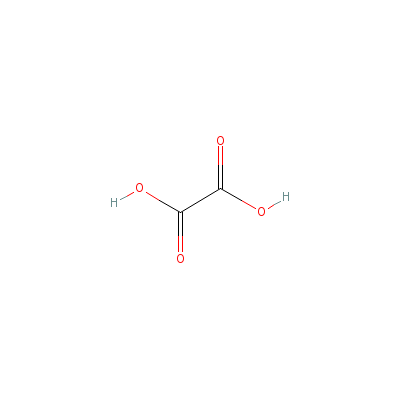
|
| 1,8-Cineole |
8024-53-1 |
2,2,4-trimethyl-3-ox
abicyclo[2.2.2]octan
e |
C10H18O |
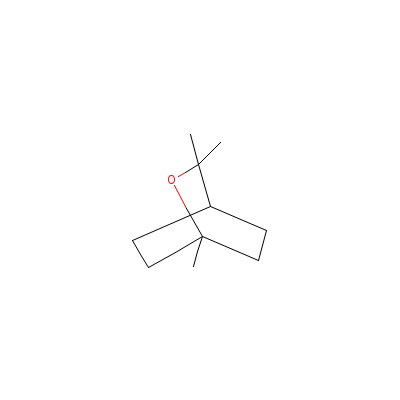
|
| alpha-Asarone |
2883-98-9 |
1,2,4-trimethoxy-5-[
(Z)-prop-1-enyl]benz
ene |
C12H16O3 |
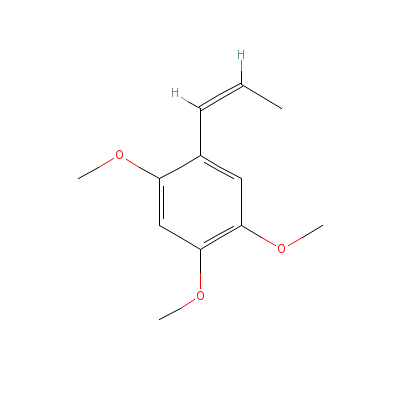
|
| alpha-Pinene |
80-56-8 |
2,7,7-trimethylbicyc
lo[3.1.1]hept-2-ene |
C10H16 |

|
| alpha-Terpineol |
10482-56-1 |
2-(4-methyl-1-cycloh
ex-3-enyl)propan-2-o
l |
C10H18O |
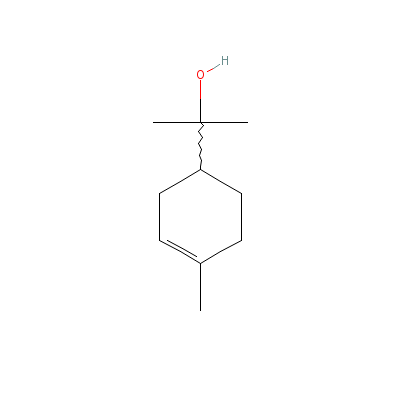
|
| Azulene |
Not Available |
3,8-dimethyl-5-propa
n-2-yl-azulene-1-sul
fonic acid |
C15H18O3S |
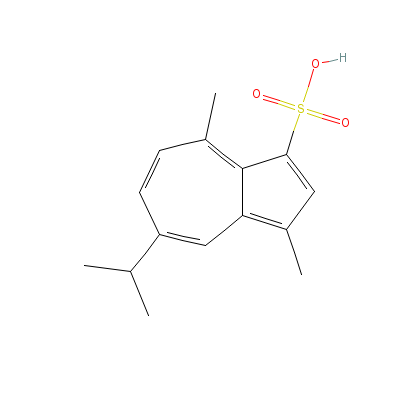
|
| beta-Asarone |
Not Available |
1,2,4-trimethoxy-5-[
(Z)-prop-1-enyl]benz
ene |
C12H16O3 |
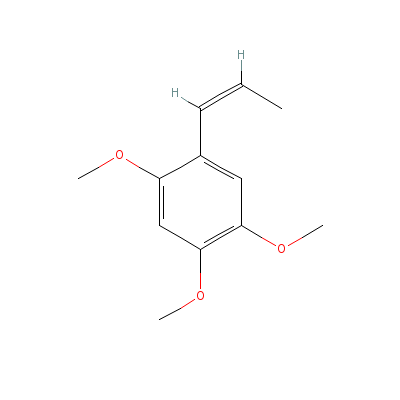
|
| Beta-elemene |
33880-83-0 |
1-ethenyl-1-methyl-2
,4-diprop-1-en-2-yl-
cyclohexane |
C15H24 |
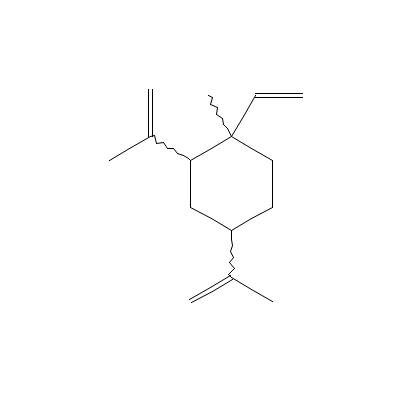
|
| Beta-pinene |
23089-32-9 |
6,6-dimethyl-2-methy
lidene-norpinane |
C10H16 |
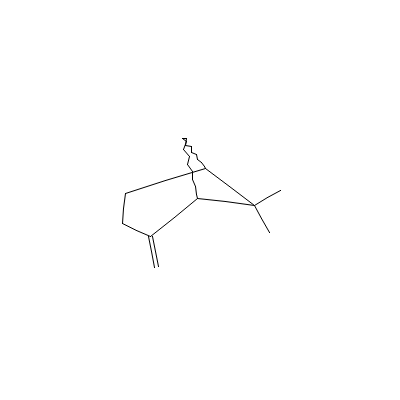
|
| Camphene |
5794-04-7 |
2,2-dimethyl-3-methy
lidene-norbornane |
C10H16 |
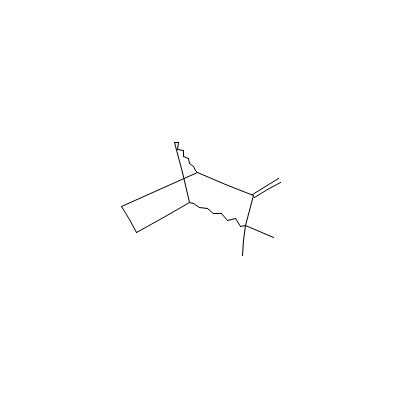
|
| Camphor |
8022-77-3 |
1,7,7-trimethylnorbo
rnan-2-one |
C10H16O |
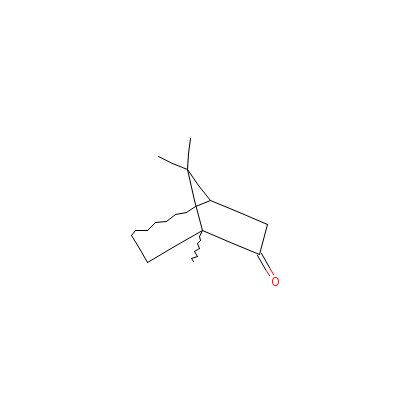
|
| Choline |
67-48-1 |
2-hydroxyethyl-trime
thyl-ammonium |
C5H14NO+ |
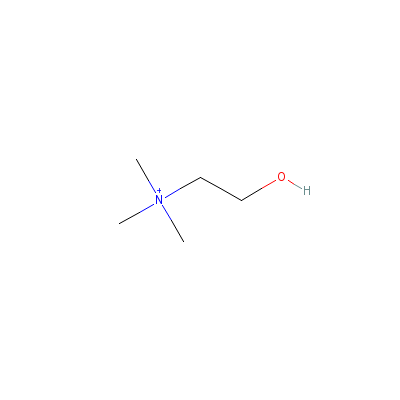
|
| delta-Cadinene |
Not Available |
1,6-dimethyl-4-propa
n-2-yl-2,3,4,4a,7,8-
hexahydronaphthalene |
C15H24 |
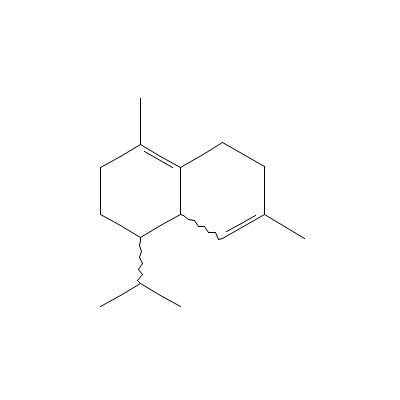
|
| Elemicin |
Not Available |
1,2,3-trimethoxy-5-p
rop-2-enyl-benzene |
C12H16O3 |
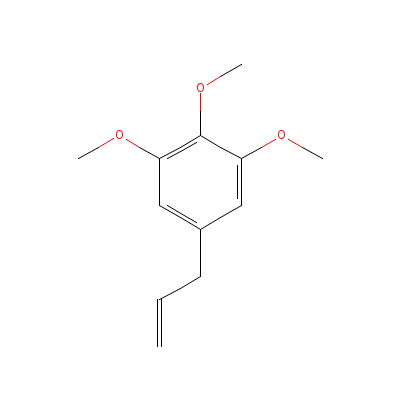
|
| Ethanol |
8024-45-1 |
ethanol |
C2H6O |

|
| Eugenol |
97-53-0 |
2-methoxy-4-prop-2-e
nyl-phenol |
C10H12O2 |
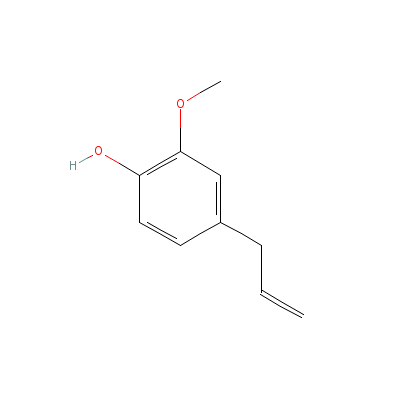
|
| Furfural |
Not Available |
furan-2-carbaldehyde |
C5H4O2 |
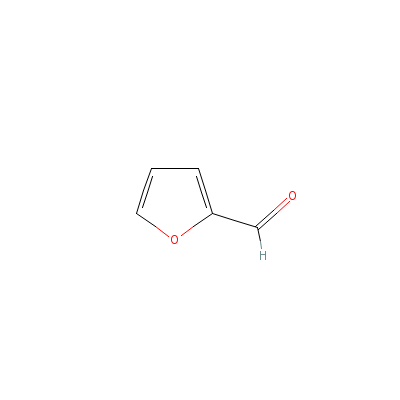
|
| Isoeugenol |
97-54-1 |
2-methoxy-4-prop-1-e
nyl-phenol |
C10H12O2 |
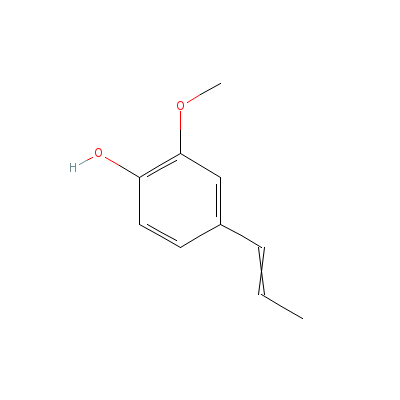
|
| Limonene |
9003-73-0 |
1-methyl-4-prop-1-en
-2-yl-cyclohexene |
C10H16 |
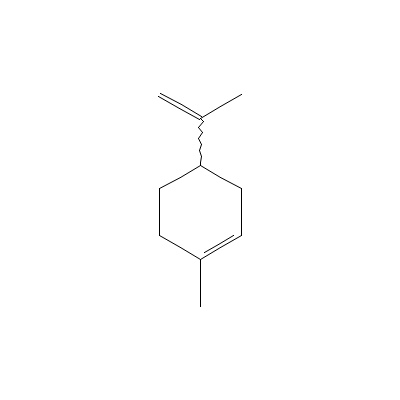
|
| Menthol |
2216-51-5 |
5-methyl-2-propan-2-
yl-cyclohexan-1-ol |
C10H20O |

|
| Menthone |
89-80-5 |
5-methyl-2-propan-2-
yl-cyclohexan-1-one |
C10H18O |

|
| p-Cymene |
Not Available |
Dichlororuthenium;
1-methyl-5,6-dihydro
-4H-pyrimidine;
p-cymene |
C15H24Cl2N2Ru |
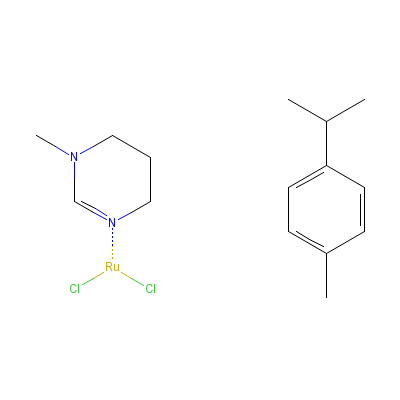
|
| Terpinen-4-ol |
Not Available |
1-methyl-4-propan-2-
yl-cyclohex-3-en-1-o
l |
C10H18O |
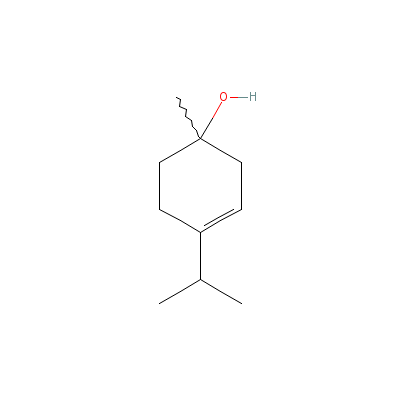
|
| Terpinolene |
586-62-9 |
1-methyl-4-propan-2-
ylidene-cyclohexene |
C10H16 |

|
| Alpha-humulene |
6753-98-6 |
2,6,6,9-tetramethylc
ycloundeca-1,4,8-tri
ene |
C15H24 |

|
| alpha-Terpinene |
99-86-5 |
1-methyl-4-propan-2-
yl-cyclohexa-1,3-die
ne |
C10H16 |
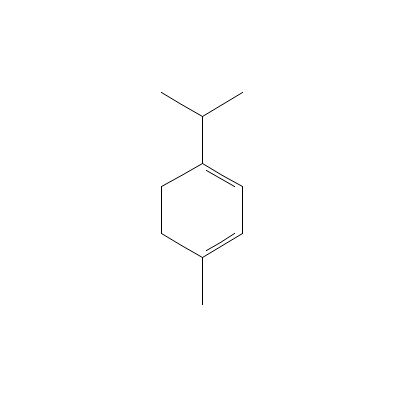
|
| Ascorbic acid |
Not Available |
2-(1,2-dihydroxyethy
l)-4,5-dihydroxy-fur
an-3-one |
C6H8O6 |

|
| Borneol |
10385-78-1 |
1,7,7-trimethylnorbo
rnan-2-ol |
C10H18O |
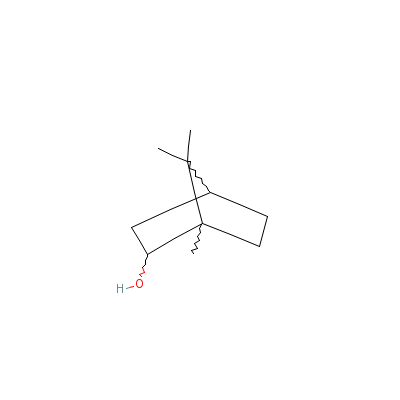
|
| Butyric acid |
107-92-6 |
Butanoic acid |
C4H8O2 |
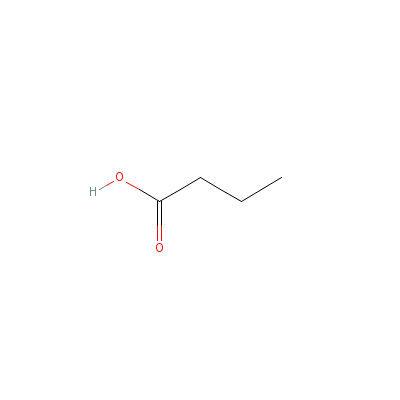
|
| gamma-Terpinene |
99-85-4 |
1-methyl-4-propan-2-
yl-cyclohexa-1,4-die
ne |
C10H16 |
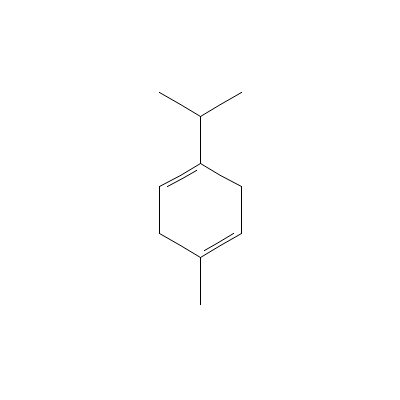
|
| Methyl chavicol |
77525-18-9 |
1-methoxy-4-prop-2-e
nyl-benzene |
C10H12O |

|
| Myrcene |
2153-31-3 |
7-methyl-3-methylide
ne-octa-1,6-diene |
C10H16 |
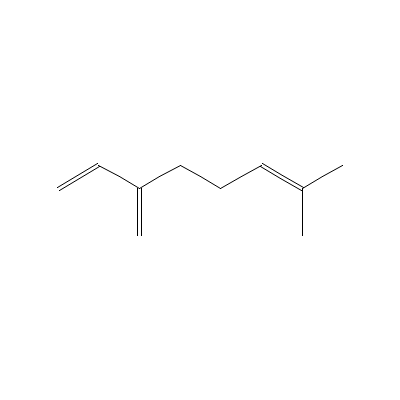
|
| Ocimene |
13877-91-3 |
3,7-dimethylocta-1,3
,6-triene |
C10H16 |
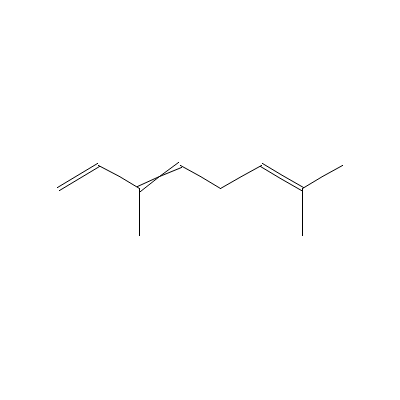
|
| Oxalic acid |
553-91-3 |
Oxalic acid |
C2H2O4 |

|
| Palmitic acid |
66321-94-6 |
Hexadecanoic acid |
C16H32O2 |
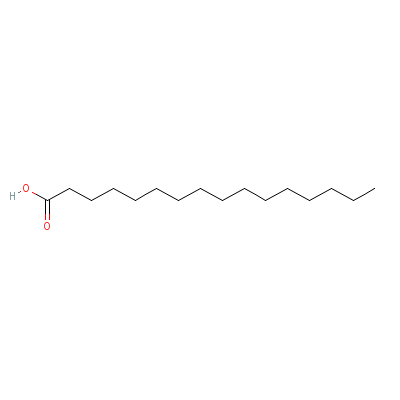
|
| Tannin |
1401-55-4 |
Not Available |
C27H22O18 |
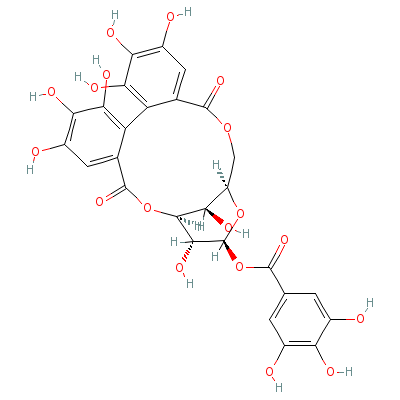
|
| trans-Anethole |
57131-42-7 |
1-methoxy-4-[(E)-pro
p-1-enyl]benzene |
C10H12O |
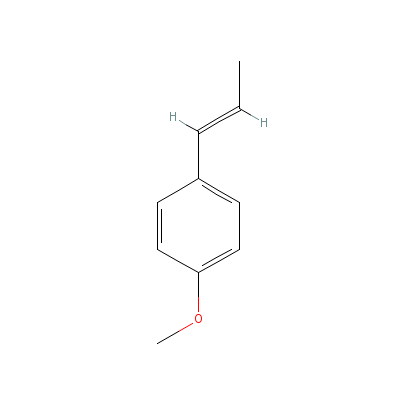
|
|
Pharmacology
| Medicinal Use |
 |
|
Asthma, bronchitis, for burns, cancer, catarrh, colds, cough, sore throat, colic, constipation, diarrhea, dysentery, indigestion, epilepsy, fever, flatulence, gangrene poisoning, headache, hemorrhages, nerve problems, odontosis and in parturition. |
| Contraindication |
 |
|
Caution should be used with concomitant use of benzodiazepines, barbituates, MAO inhibitors and anticonvulsants (Opdyke 1977). Acorus is emetic in large doses. Avoid the use of the Asian (3n, 4n) species in clients with liver dysfunction due to the beta-asarone content (Weiss 1988). Acorus calamus should probably not be used in pregnancy. |
| Reference |
 |
|
 Chandel et al., Biodiversity in Medicinal and Aromatic Plants in India. Chandel et al., Biodiversity in Medicinal and Aromatic Plants in India.
Grieve M. A Modern Herbal. 1931 (www.botanical.com).
Johnson T. CRC Ethnobotany Desk Reference (www.herbweb.com/herbage).
Opdyke DJL. Calamus Oil. Food Cosmet Toxicol. 1977,15:623-6.
Weiss, Rudolf. Herbal Medicine. 1988 Translated by A.R. Meuss. Beaconsfield, England: Beaconsfield Publishers.
|
Dealers
Products
|
|